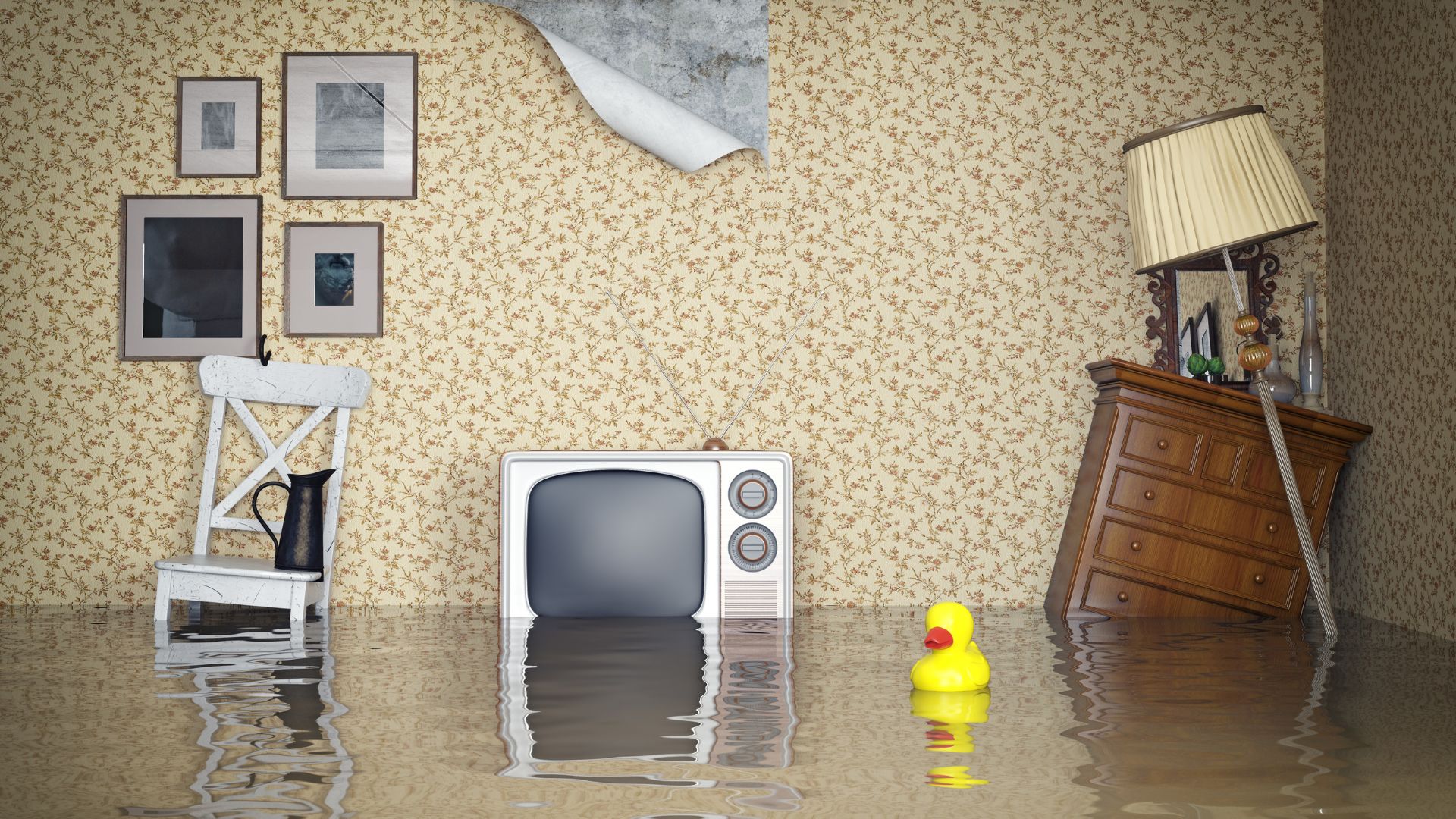As we discussed in our Hardwood Cleaning Guide, water is the mortal enemy of hardwood floors. You don’t want to use water to clean them and you certainly don’t want water pooling underneath the floors and causing damage from the inside out. So today we’re bringing you a quick guide to the steps required to repair water-damaged floors; it starts with finding the cause of the free-standing water and stopping the leak, repairing the floors, and avoiding the problem in the future.

Your home’s subfloor is far more susceptible to moisture buildup than the finished flooring because the subfloor is located closer to the home’s plumbing and groundwater underneath the home. If you’ve started to notice the common signs of wet flooring - which can include buckling, warping, or mold - then you should investigate what’s going on below the surface.
If you have access to your home’s crawlspace, then you should go under the flooring in question and look for any obvious signs of water leakage. If you don’t have access to the crawlspace, you should contact a professional to diagnose the cause of the water leakage rather than just ripping up your floorboards.
Most commonly, excess water will be caused by one of two things:
Once you’ve recruited the help of a professional to tackle the leak, you should place fans in the crawlspace to help with drying the subfloor and therefore the hardwood above it. You may want to consider adding waterproofing materials to the subflooring to avoid this same issue in the future and eliminate future leaks.
You may be surprised to hear that hardwood is pretty easy to salvage after it’s been water damaged. Get it sanded and refinished and you’re well on your way to hiding any signs of water damage. Make sure that the hardwood is completely dry before you sand it; sanding wet hardwood ruins the floors.
Laminate and engineered wood are cheaper hardwood flooring alternatives which are unfortunately more vulnerable to water damage and can’t be refinished like hardwood can. It is possible to just replace the impacted area, though, and not the entire floor.